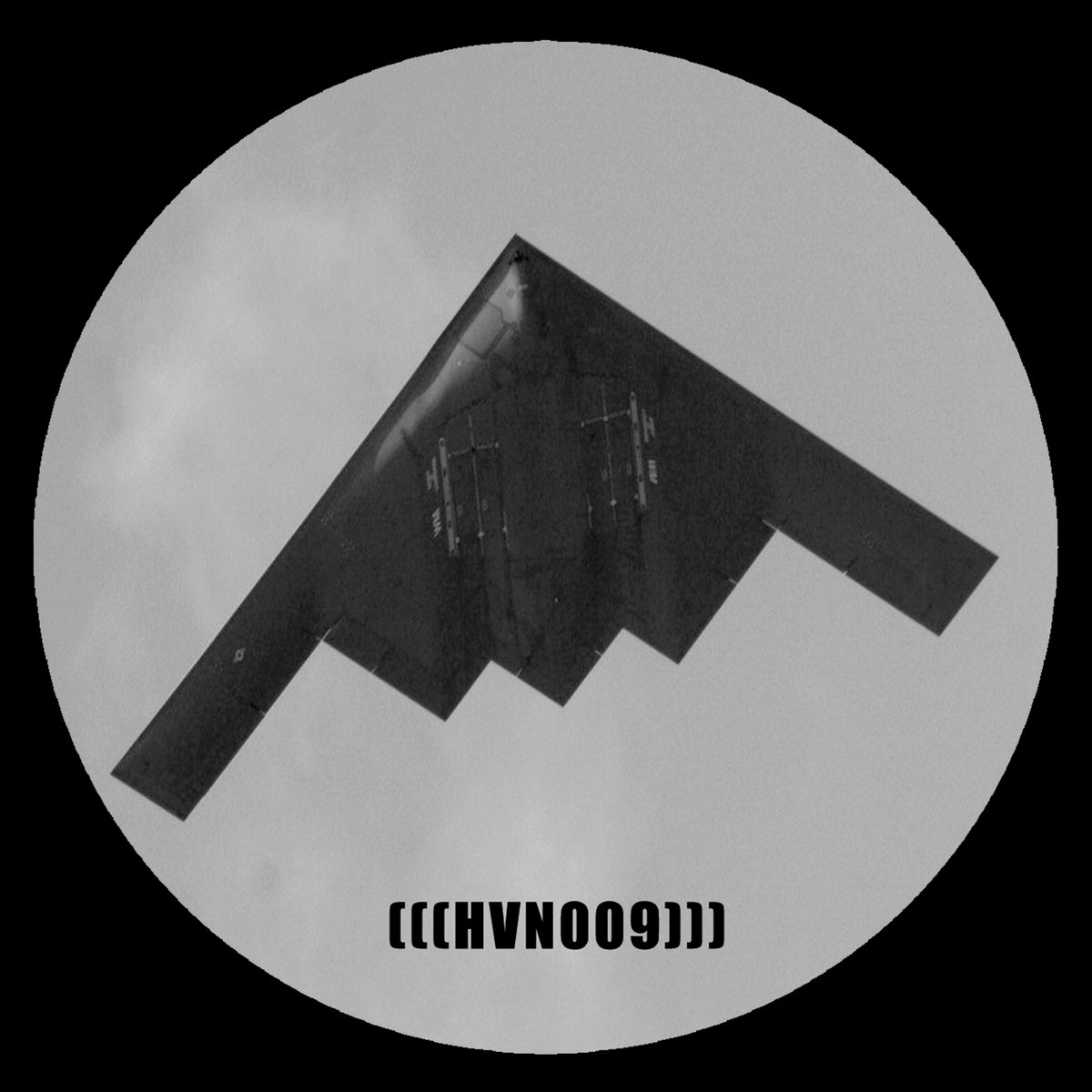ABSTRACT: The independent modulation of visible and near-infrared light by a single material, termed dual-band electrochromism, is highly desirable for smart windows to enhance the energy efficiency of buildings. Tungsten oxides are commercially important electrochromic materials, exhibiting reversible visible and near-infrared absorption when electrochemically reduced in an electrolyte containing small cations or protons. The presence of structural water in tungsten oxides has been associated with faster electrochromic switching speeds. Here, we find that WO3·H2O, a crystalline hydrate, exhibits dual-band electrochromism unlike the anhydrous WO3. This provides a heretofore unexplored route to tune the electrochromic response of tungsten oxides. Absorption of near-infrared light is achieved at low Li+/e– injection, followed by the absorption of visible light at higher Li+/e– injection as a result of an electrochemically induced phase transition. We propose that the dual-band modulation is possible due to the more open structure of WO3·H2O as compared to WO3. This facilitates a more extended solid-solution Li+ insertion regime that benefits the modulation of near-infrared radiation via plasmon absorption. Higher degrees of Li+/e– insertion lead to polaronic absorption associated with localized charge storage. These results inform how structural factors influence the electrochemically induced spectral response of transition-metal oxides and the important role of structural water beyond optical switching speed. REFERENCE:ACS Photonics 2023, 10, 9, 3409–3418
okay, but what does it do, or more precisely, how
It would allow engineers to create glass panes for windows that not just darken on demand, but selectively filter certain wave lengths of light. The windows could filter out infrared light while allowing visible light through, which would keep buildings cooler without eliminating natural light. The compound, tungsten oxide hydrate, can can selectively absorb different wave lengths of light depending on the current and amount of lithium ions applied to the material.
This is a perfect summary.



